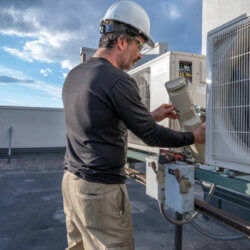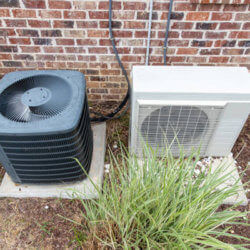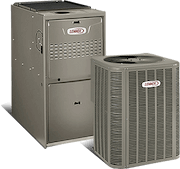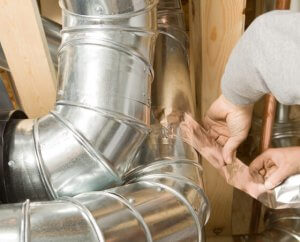
One of the biggest causes of waste and inefficiency in residential HVAC systems is the scourge of leaking ductwork. Leaking ductwork can create many different problems for your heating and cooling system, as well as wasting lots of energy over time. In fact, many of the times when people notice poor performance from a formerly well-functioning HVAC system, leaky ductwork is to blame. It is important to be proactive about sealing potential leaks in your ducts because these gaps can cost you money long before they become an obvious problem. Thankfully, your heating & air conditioning service team at Galmiche & Sons has a few methods for finding and repairing leaks, so give us a call, today!
Why Leaking Ductwork is Dangerous
Not only can leaking ductwork throw a wrench in your quest for an energy efficient HVAC system, it can also lead to damage to other parts of the system, and can pave the way for pollutants to get in. The trouble with leaking ductwork is that in addition to costing you money on your energy bills, it can also make you sick by giving allergens, chemicals, and other particles another way into your air system.
It is important to have your ducts checked regularly, and include duct inspection and cleaning on your fall maintenance checklist too. Your service team will be able to determine whether leaking ductwork is a problem for your HVAC system and then patch any leaks or gaps that could be causing issues.
Detection and Sealing
Detecting leaks can be tricky as there are lots of opportunities for gaps to form in your ductwork. Some amount of leakage is normal too and not worth trying to fix. The first steps are to determine just how much air you are losing to leaking ductwork to see whether more investigation is necessary. To do this, your HVAC technician will attach a blower door to a vent in your ductwork and use the blower along with air sensors to test the amount of air leakage in your ducts. If it is high enough to be of concern, it is time to investigate further.
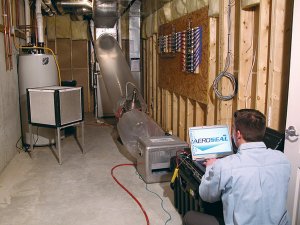
The next step is to use the blower door together with a pressure pan, which is a sensor that can register pressure at each vent. Using this, we can determine where in your duct system the leaking ductwork actually is, narrowing down that area to look for leaks in. At this point, your service team might use a duct blaster to pressurize the duct system and determine how much airflow total is used in the system if this is not already known. That way, leakage can be compared to total airflow.
Finally, if it seems the leaking ductwork is causing significant loss of airflow that might cause problems for HVAC functionality, the next step is to find and seal the individual leaks. The fastest way to do this is to pressurize artificial fog and force it through the ducts. This way, any leaking ductwork will be identifiable by escaping fog, and your HVAC team can then seal these leaks and get your HVAC system back to full health.
Learn More About Dealing with Leaking Ductwork
For more information on the impact of leaking ductwork on your heating & air conditioning system, connect with Galmiche & Sons today! We have proudly served St. Louis and the surrounding areas for many years and look forward to helping your family stay comfortable over the fall and winter season!




